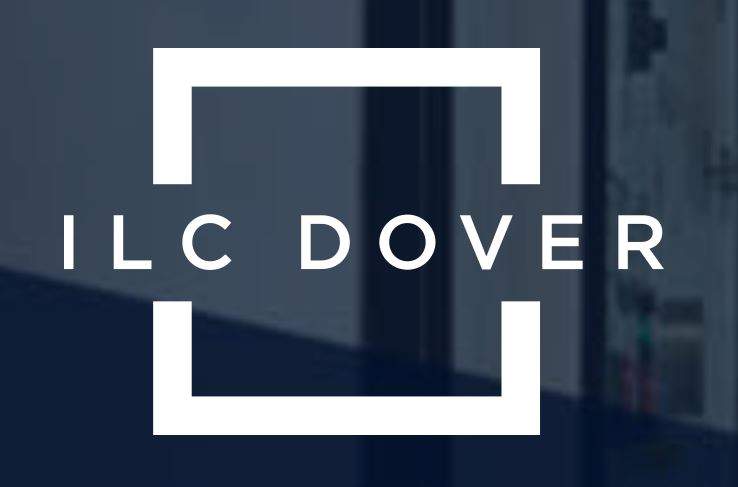
The biotherapeutics market is rapidly growing, with 2021 seeing the highest-ever cell and gene therapy approval number. According to GlobalData insight, gene therapies are expected to display the greatest forecasted sales growth, with an increase over 1,200%, while gene-modified cell therapies are expected to show the second greatest forecasted sales growth, with an increase slightly below 1,000%.
Gene therapy uses DNA to manipulate cells and correct defective genes, whereas cell therapy is the infusion or transplantation of cells into a patient. Early gene therapy methods were proposed in the 1970s, and the first approved gene therapy clinical research in the US began in 1990. New doors were opened in the 2000s with the development of genome editing, such as CRISPR-Cas9, which introduces molecular tools to change existing DNA. The first FDA-approved gene therapies (Luxturna and Kymriah) entered the market in 2017.
The future of cell and gene therapies
Today, the number of FDA and EMA-approved gene therapies is on the rise, with many more currently under development. Research is showing particular promise in areas such as lymphoma, leukaemia, and haemophilia.
Research and development areas include investigating methods for the replacement of mutated genes, such as a defective p53 gene, which has been linked to several forms of cancer. Researchers are also looking into ways that mutated genes can be turned off so that they no longer promote disease, or how healthy genes could be turned on so that they could inhibit disease. Additional research includes identifying ways in which immune systems can be altered to better recognise cells that are a threat.
Gene and cell therapies are revolutionising the way healthcare is delivered. Innovations in this area are expected to not only improve current treatments, but also potentially provide treatments for diseases that are currently considered incurable. For example, researchers continue to examine how viral-vector gene therapies may one day be utilised to treat Parkinson’s disease.
Collaboration and integrated manufacturing
Streamlined clinical trial design with integrated manufacturing can ensure that gene and cell therapies are developed much faster. As the market grows, biopharmaceutical companies will need to be mindful of the scalability of their gene therapy manufacturing processes.
One element of streamlining manufacturing methods includes finding the best equipment to optimise processes, which is driving the development of various innovations. ILC Dover is a leader in the innovative design and production of containment solutions for biopharmaceutical and pharmaceutical markets, including its single-use liquid bags.
Used for media preparation, bioreactor/cell separation, and purification, ILC Dover’s liquid bags are highly configurable fluid storage and transfer bags. They are available in various sizes with customisable ports and components to safely store and transfer buffers, media, and bulk cGMP products. Ports are available in different sizes and configurations and feature a unique TruFLO design that facilitates optimised edge-seal integrity and improved flow rates by minimising product holdup.
ILC Dover designed these bags with availability and scalability in mind. All components, including, film, tubing, and end treatments, can be readily sourced so that manufacturers do not need to worry about extended lead times.
As world-leading experts in the design and production of engineered flexible solutions for the pharmaceutical and biopharmaceutical industries, ILC Dover offers a range of containment equipment suitable for cGMP-compliant manufacturing. Download the whitepaper below to find out more about ILC Dover’s flexible solutions.


